The push to plant natives to make habitat for native animals, particularly birds (see previous post link) touches our often-negative attitudes toward native plants (wild plants). "Really, I should plant that stuff?"
Our local plants are really beautiful! I'm writing about northern Colorado today, I wrote about central California last week (link). If I had the photos, I could write a "beautiful natives" post for every region in the country.
I think we make two, much-too-simple categories: "plants in gardens" and "all other plants." The "all other plants" group includes the conspicuous weeds, and we don't always look beyond them. The annoying weeds tend to be from Eurasia and, so, not native. Surrounding yourself with natives offers you hundreds of plants of fascinating shapes and vibrant colors. Take a look:
These are wonderful Colorado plants, native to moderate elevations on the Front Range (mountains have complex habitats so most Colorado plants are not suitable just anywhere in Colorado.)
There are native trees like Colorado blue spruce, Picea pungens. Oh, it gets big, but not very fast. And there are dwarf varieties that also provide good bird and insect habitat.
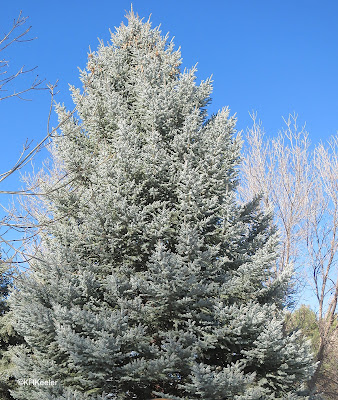 |
| Colorado blue spruce, Picea pungens |
For smaller trees, consider chokecherry, Prunus virginiana, attractive to pollinators and fruit-eating birds.
 |
| big chokecherry, Prunus virginiana |
 |
| serviceberry, Amerlanchier alnifolia |
Another native shrub is creeping hollygrape (Berberis repens), variously called Oregon grape and Mahonia repens. It has shiny holly-like leaves, yellow flowers that bees love, and attractive blue "grapes."
 |
| creeping hollygrape, Berberis repens |
Another striking native is rabbitbrush, Ericameria nauseosus. It gets about three feet tall and puts on a dramatic show of intense yellow late in the fall, drawing migrating butterflies and many other pollinators.
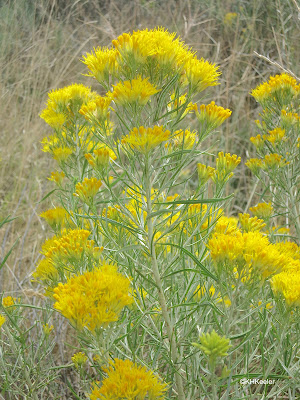 |
| rabbitbrush, Ericameria nauseosus |
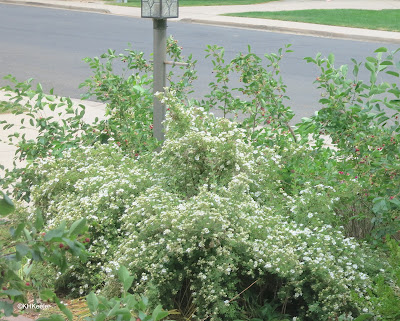 |
| shrubby cinquefoil, Potentilla fruticosa |
For flowering herbs, its easy. Some of our natives have been moved around the world as garden flowers, including blanket flower, Gaillardia. (I tried to choose photos of the plants in the wild, so they are scruffier than garden flowers. )
 |
| blanket flower, Gaillardia aristata |
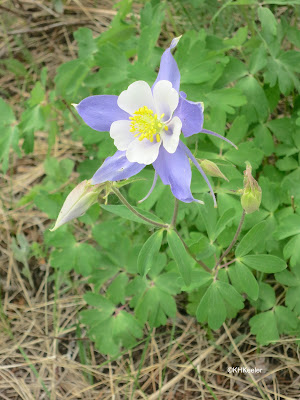 |
| Colorado columbine, Aquilegia coerulea |
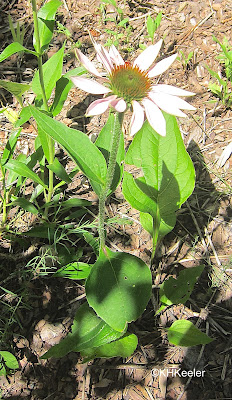 |
| cone flower, Echinacea |
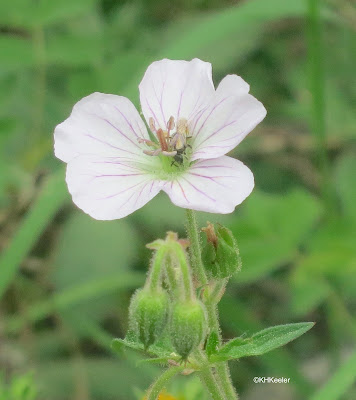 |
| wild geranium, Geranium viscossimum |
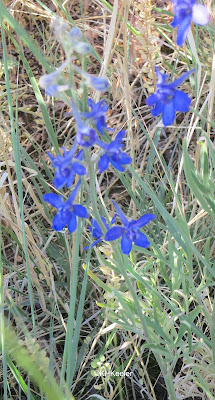 |
| larkspur, Delphinium |
 |
| evening primrose, Oenothera |
 |
| beardtongue, Penstemon |
Comments and corrections welcome.
Kathy Keeler, A Wandering Botanist
More at awanderingbotanist.com
Join me on Facebook: https://www.facebook.com/AWanderingBotanist
More about some of these plants:
Colorado blue spruce link
chokecherry link
saskatoon, serviceberry link
creeping hollygrape link
rabbitbrush link
shrubby cinquefoil link
blanket flower link
columbine link
echinacea and other coneflowers link
wild geranium link
larkspur link
evening primrose link
Yes, I've been writing this blog a long time...
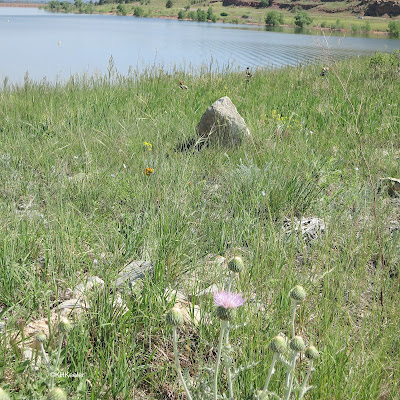
No comments:
Post a Comment